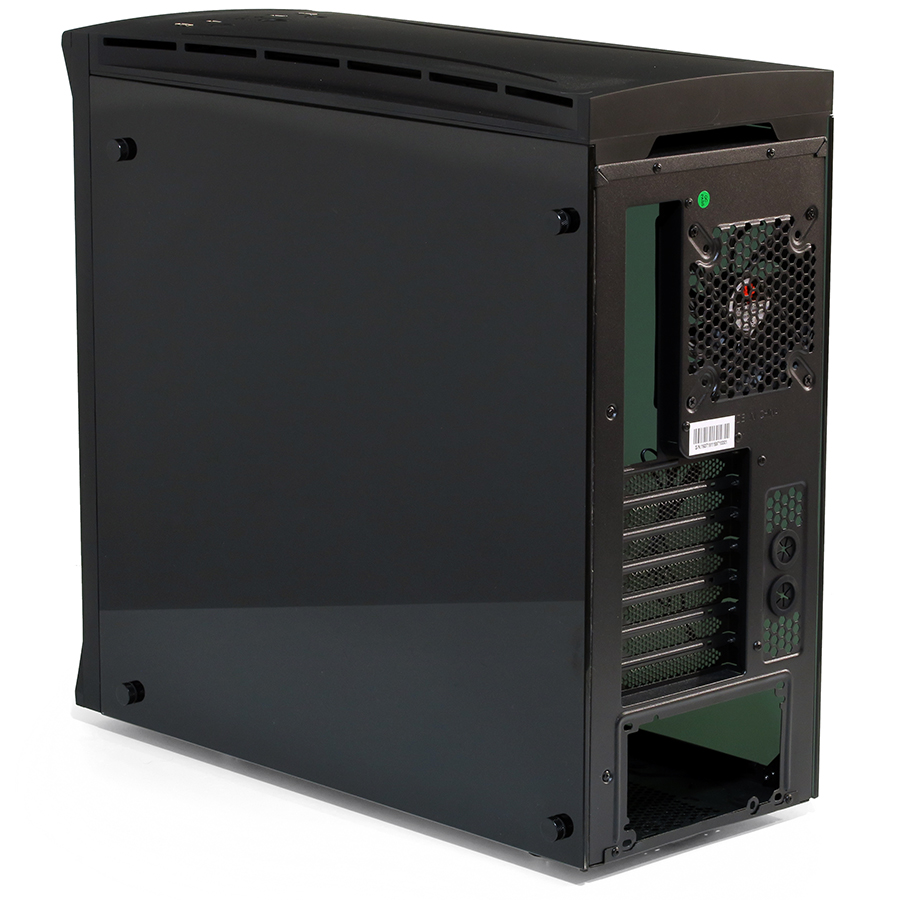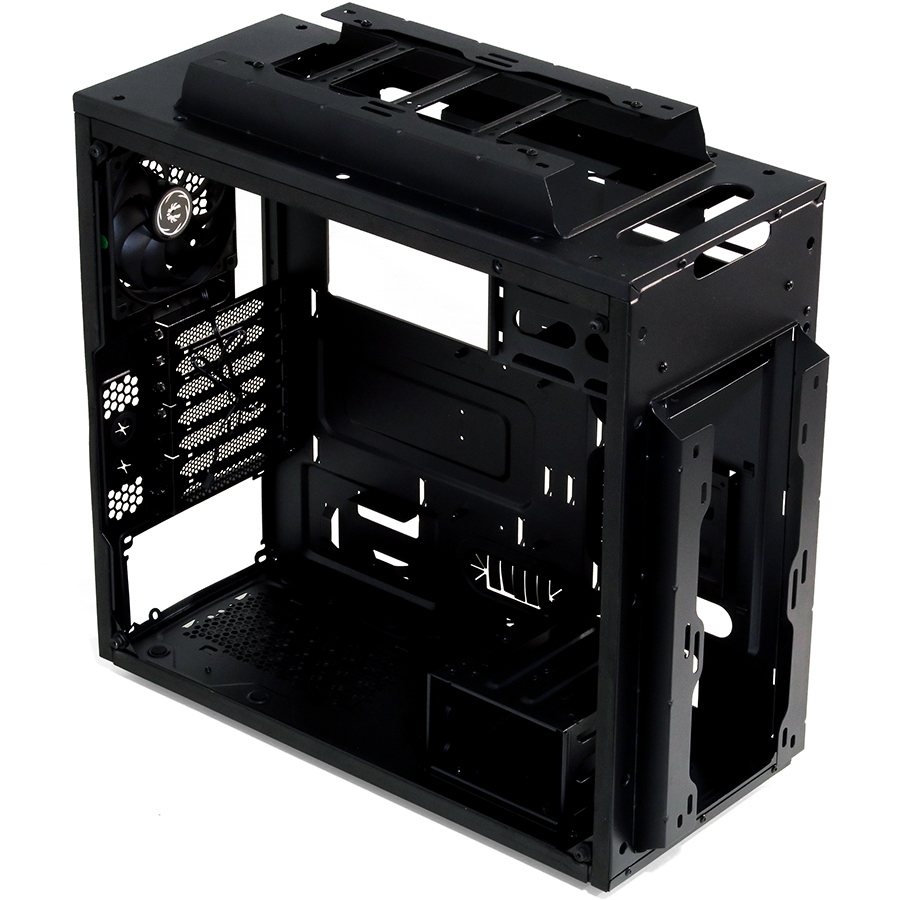Early Verdict
Poor dust filter design and a paucity of included fans justify the Bitfenix Aurora’s exceptional price. Buyers who were planning to add their own fans will still find a glass-paneled case bargain, as long as they can tolerate the dust filter inconveniences.
Pros
- +
Lowest-priced case to include tempered-glass side panels
- +
Great manufacturing quality
- +
Four USB Ports
- +
Integrated SSD Lighting Controller
- +
Supports dual two-by-140mm radiators
Cons
- -
Not enough included fans for mainstream air-cooled configurations
- -
Built-in front-panel dust filter will require frequent compressed-air cleaning
Why you can trust Tom's Hardware
Introducing The Bitfenix Aurora
Glass might not be very expensive, but it’s far from cheap. Shipping from the manufacturer to the reseller plays a huge role in consumer prices since glass is both heavy and fragile. That’s probably why the cheapest glass-sided case we’ve tested to date has cost $150, in spite of its rather mundane understructure. Bitfenix radically undercuts that competitor with its $100 Aurora.
At this price, Aurora buyers probably won’t be surprised to find a mainstream chassis under those up-market sides. Classy touches on the cheaper parts include an arched grill cover on the front panel along with slots and slits in the top panel to emulate the front panel’s design.
Bitfenix loads the front panel port section with both USB 3.0 and USB 2.0 ports, headset jacks, and an LED controller that also sets the Aurora apart from many lower-cost units.
Exemplary manufacturing quality enhances the illusion that this might be a high-end case, but small things like the front dust filter that’s built into the fan grill assembly make it impossible to forget that this would be a $70 case if not for the glass.
A very small power supply filter that’s only accessible by lifting the rear of the Aurora case and bending the filter away from its locking tab similarly reminds us that this is an inexpensive case with a few upscale features.
The Aurora rear panel features the ATX-standard seven expansion slots, a pair of rubber grommets for external radiator coolant line ingress and egress, and a 120mm fan set on a grill that also supports 92mm fans. A big unexpected feature of the right side panel is that the tinted glass is painted flat black on the inside, to conceal cables.
MORE: Best Deals
Get Tom's Hardware's best news and in-depth reviews, straight to your inbox.
MORE: Hot Bargains @PurchDeals
The Bitfenix Aurora's Other Half
Inside we find enough space for a 10.9”-deep motherboard along with cable passages that are suitably placed to fit oversized boards. As nice as it is to have all that extra space, advertising it has become a problem since motherboard manufacturers have begun mislabeling their 10.6”-deep boards as EATX. The problem is that a case must support up to 13”-deep motherboards and have a fourth column of standoffs to carry the EATX label, and motherboard manufacturers haven’t figured out what else to call a far-less-oversized ATX part. The Aurora thus becomes yet another case with more than enough space to fit the EATX-labeled motherboards most popular with overclocking and gaming enthusiasts, but not enough space to actually carry the EATX label.
One of the SSD trays is found at the front of the Aurora’s motherboard tray, seen above. A pair of removable drive cages above and below it hold up to four 3.5” hard drives on old-fashioned plastic rails, at two drives per cage.


The Aurora has a reasonable amount of room behind the motherboard tray for cables, along with two more SSD trays and an LED controller that interfaces the previously-mentioned front panel button.



The Aurora is probably tall enough to fit a three-fan radiator, but isn’t cut for one. Instead we find top-panel and front-panel mounts for two-by-120mm and two-by-140mm radiators. Rolled edges that surround the ends of the radiator holes prevent larger units from being installed between the interior and exterior panels.
The large empty space above the front radiator mount otherwise looks like a great place for the tank of an integrated-reservoir radiator, and builders proficient with cutting tools may want to modify that rolled edge to fit theirs.
MORE: Best Cases
MORE: All Case Content
MORE: In Pictures: 40 Unusual Computer Case Mods








